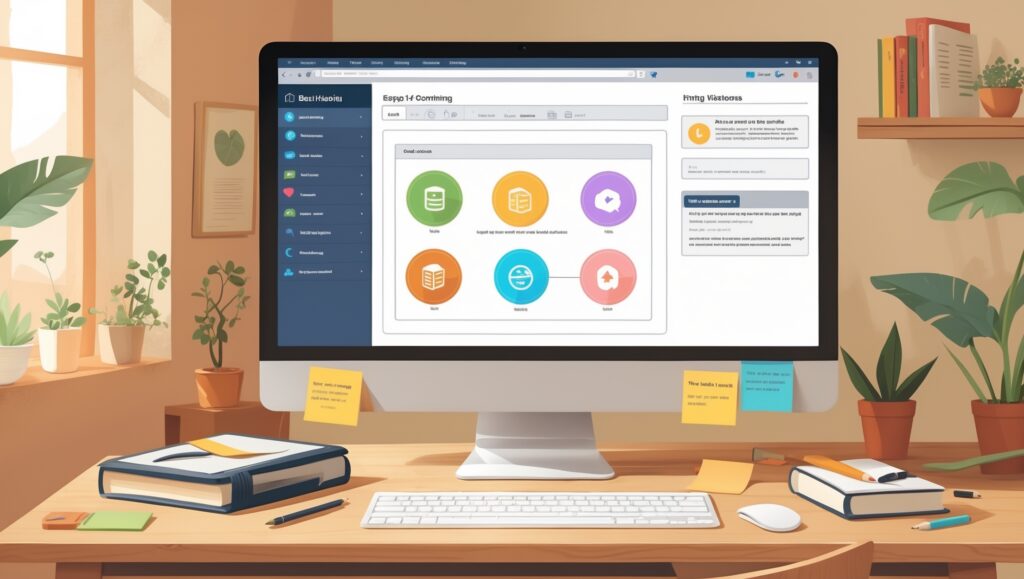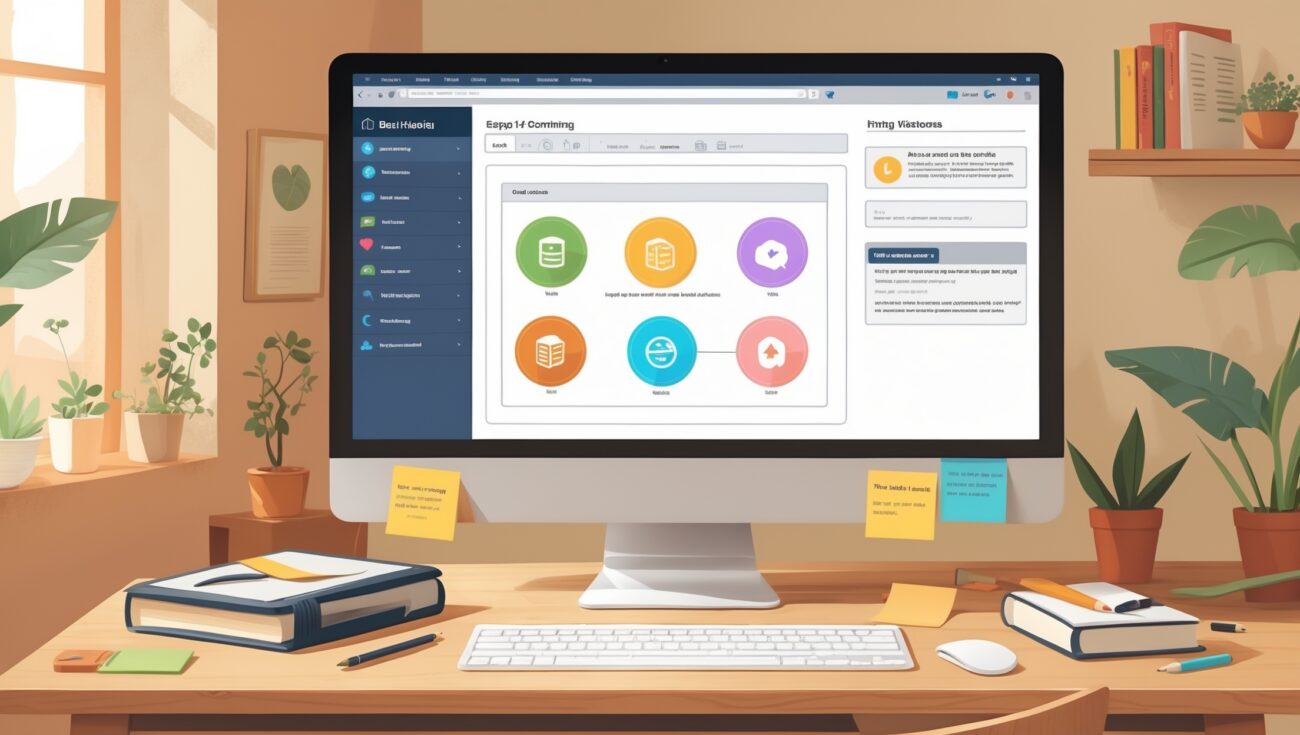Step-by-Step Guide to Setting Up Hosting for Beginners
New to websites? This beginner-friendly guide walks you through setting up hosting, choosing the right plan, and launching your site. I share my personal experience and why I recommend SiteGround.

Table of Contents
When I first started my website, setting up hosting felt intimidating. There were so many options, confusing plans, and technical terms I didn’t understand. Over time, I learned that setting up reliable hosting doesn’t have to be complicated. In this guide, I’ll walk you through the steps I took to set up hosting successfully, including why I recommend SiteGround.
Step 1: Choose Your Hosting Plan
The first thing I did was decide on the type of hosting I needed. For beginners, shared hosting is usually sufficient. It’s affordable and provides all the essential features. SiteGround’s plans are beginner-friendly, offering fast servers, security, and scalability as your website grows.
Step 2: Register Your Domain
I realized that your domain is your online address, so it needs to be memorable and easy to type. SiteGround allows you to register a domain during signup, which simplified the process for me. I picked a name that reflected my blog’s focus, making it easy for visitors to remember.
Step 3: Sign Up for Hosting
Once I chose my plan, signing up with SiteGround was straightforward. The process included creating an account, entering payment information, and linking my domain. Using this SiteGround link ensured I got the plan that fit my needs perfectly.
Step 4: Set Up Your Control Panel
SiteGround provides a user-friendly control panel, where I could manage my website, emails, databases, and more. For beginners, having all tools in one place is essential—it saves time and reduces confusion.
Step 5: Install WordPress or Your Preferred Platform
I chose WordPress because it’s beginner-friendly and highly customizable. SiteGround offers a one-click installer, making setup easy even for someone without technical experience like myself.
Step 6: Enable Security Features
I quickly learned the importance of website security. SiteGround includes free SSL certificates, daily backups, and proactive monitoring, which gave me peace of mind knowing my website was protected from attacks.
Step 7: Optimize Speed and Performance
Even as a beginner, I wanted my website to load quickly. SiteGround provides built-in caching and optimization tools that improved site speed without requiring me to understand complex technical settings.
Step 8: Set Up Email Accounts
Professional email addresses build credibility. SiteGround made it easy to create emails linked to my domain, which I started using for communication and newsletters.
Step 9: Test Your Website
Before going live, I tested my website on multiple devices and browsers. I checked loading times, mobile responsiveness, and overall functionality. Fast hosting from SiteGround ensured my site performed well across the board.
Step 10: Launch and Monitor
Finally, I launched my website and monitored its performance regularly. SiteGround’s dashboards provided insights on uptime, traffic, and speed, which helped me make informed decisions as my site grew.
My Personal Advice
Setting up hosting doesn’t have to be overwhelming. By taking it step by step and choosing a reliable host like SiteGround, even beginners can launch a website confidently. Start simple, use the tools your host provides, and don’t hesitate to reach out to support if you get stuck—they are there to help.
One thing I quickly learned is that choosing the right hosting provider from the start saves a lot of headaches later. Beginners often jump to the cheapest option, but I chose SiteGround because it combines reliability, speed, and excellent support.
I also realized that domain selection is more important than I thought. A memorable, easy-to-type domain helps visitors find your site. SiteGround allows you to register your domain while signing up, which made everything seamless for me.
Skipping security setup is a common beginner mistake. I made sure to enable SSL certificates and proactive monitoring on SiteGround, which protected my site from potential attacks right from the start.
Many beginners overlook email setup. Using professional emails linked to your domain builds trust with visitors. SiteGround made creating multiple email accounts easy, which I used for newsletters and business communications.
I initially didn’t understand website speed and how hosting affects it. SiteGround’s built-in caching and optimization tools made my website fast from day one, improving user experience and SEO.
Testing the website before launch is crucial. I checked performance across browsers and devices to ensure everything worked correctly. Fast hosting from SiteGround ensured smooth loading and consistent performance.
Regular backups are essential. SiteGround automatically backs up my website daily, which saved me from potential data loss when I experimented with plugins and content updates.
I discovered that having a user-friendly control panel makes managing hosting so much easier. SiteGround’s interface allowed me to handle domains, emails, and databases without technical frustration.
Many beginners underestimate the importance of customer support. I had questions about setup and optimization, and SiteGround’s 24/7 support team guided me step by step, saving hours of trial and error.
Choosing hosting that can scale as your website grows is critical. I started with a small shared hosting plan and was able to upgrade seamlessly with SiteGround as my traffic increased.
I learned that plugin management affects speed and stability. SiteGround allowed me to install essential plugins safely without slowing down my site or causing conflicts.
Website uptime is more important than I initially realized. SiteGround guarantees 99.99% uptime, and I never experienced any unexpected downtime, even during traffic surges.
I also realized that mobile performance matters. SiteGround ensures that my website loads quickly on mobile devices, which is crucial because most visitors access sites from phones or tablets.
Global server locations became important as my audience grew internationally. SiteGround’s multiple data centers ensured that visitors from anywhere experienced fast load times.
Finally, I realized that setting up hosting properly from the beginning saves countless headaches. By following these steps and using SiteGround, even beginners like myself can launch a professional, secure, and fast website with confidence.

